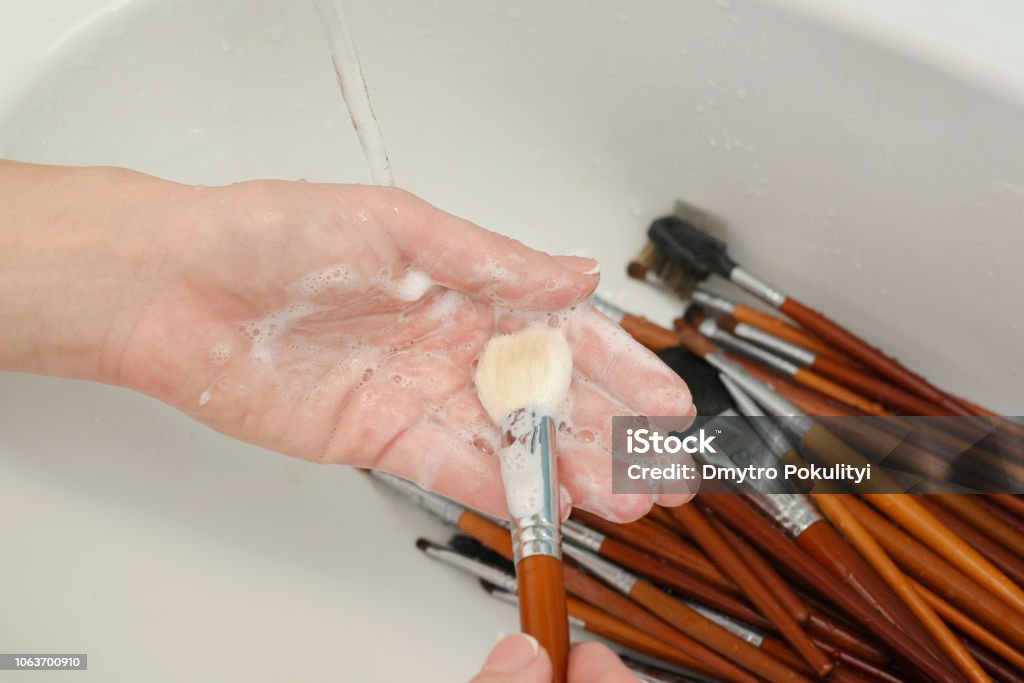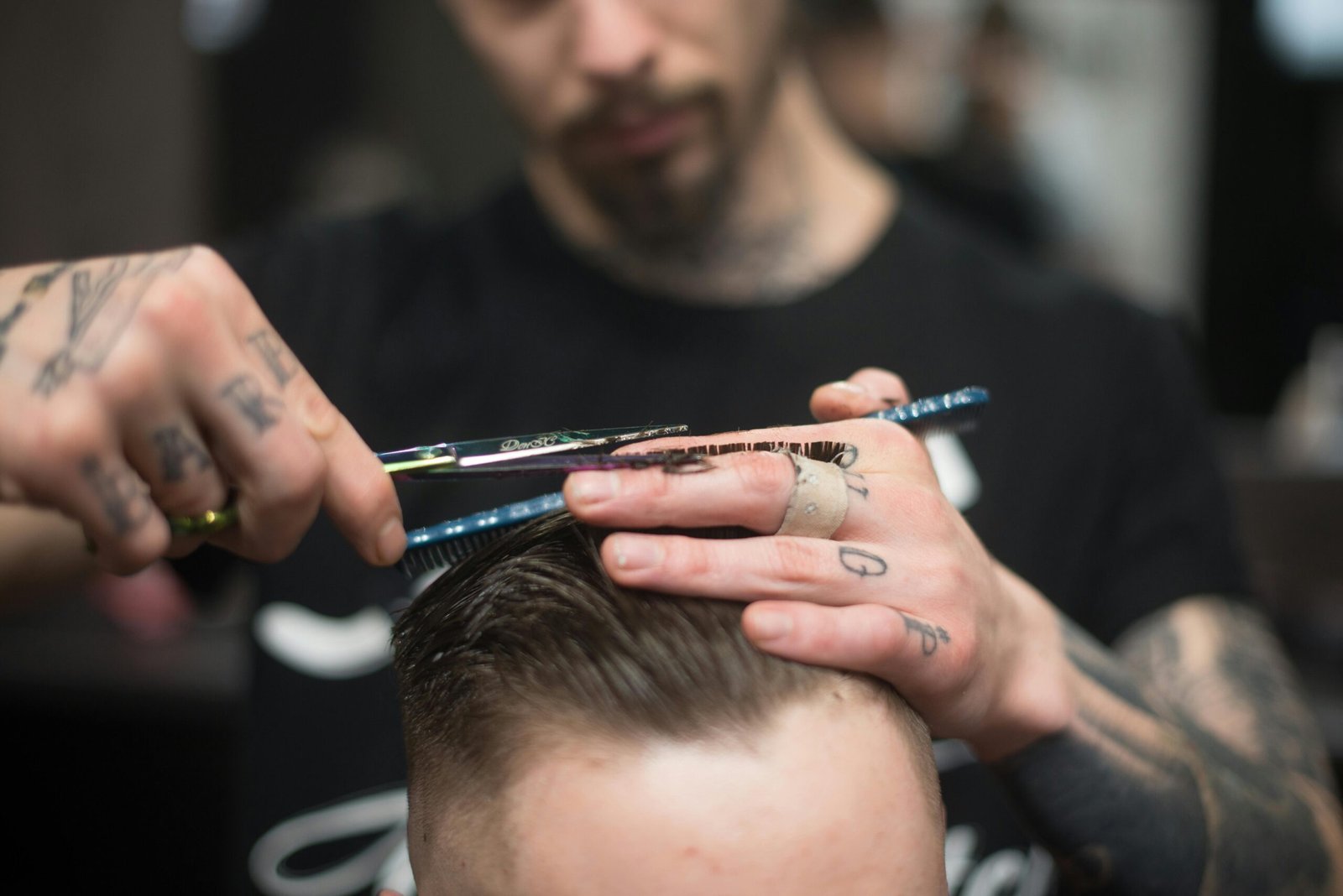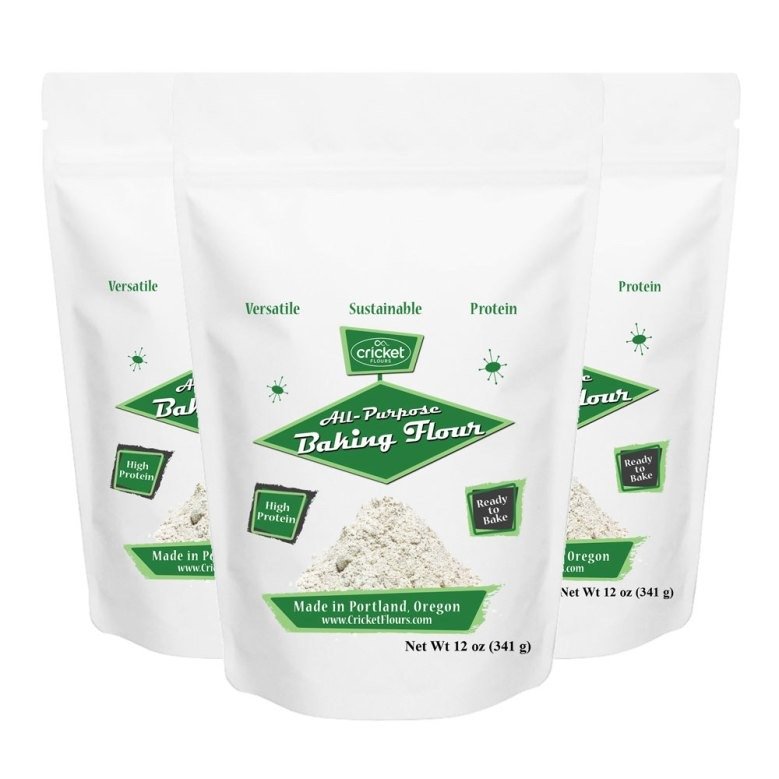
How to remove old grease stains from clothing?
How to remove old grease stains from clothing? Grease stains on clothing are among the most stubborn and difficult to remove. Whether it’s from cooking oil, butter, or motor oil, these stains can set into fabric over time, making them harder to eliminate. But don’t worry! With the right approach, even old grease stains can be removed. This comprehensive guide will walk you through the most effective methods to get your clothes looking fresh and stain-free again.
Understanding Grease Stains
Grease stains are oil-based, making them particularly tricky to remove from fabric. When grease lands on clothing, it penetrates the fibers, clinging tightly due to its viscous nature. Over time, the stain can oxidize and become even more challenging to treat. Understanding the nature of grease stains is the first step in effectively removing them.
Common Sources of Grease Stains
Grease stains can come from a variety of sources, including:
Cooking oils: Olive oil, vegetable oil, butter
Animal fats: Bacon grease, lard
Motor oils: Automotive oil, bike chain grease
Cosmetics: Lip balm, lotions, and creams
Why Old Grease Stains are Harder to Remove
Fresh grease stains are easier to remove because the oil hasn’t had a chance to set into the fabric. Old stains, on the other hand, have often been washed and dried multiple times, causing them to set deeper into the fibers. The heat from the dryer can even “bake” the stain into the fabric, making it more resilient to traditional cleaning methods.
Preparation: What You Need Before Starting
How to remove old grease stains from clothing: Before diving into stain removal, gather the following supplies:
Dish soap: Preferably one designed to cut grease
Baking soda: A natural abrasive and deodorizer
White vinegar: Known for its stain-removing properties
Cornstarch: Helps absorb grease
WD-40: A surprising but effective grease remover
Commercial stain remover: Look for one specifically for grease
Lemon juice: A natural bleach and stain fighter
Salt: Helps to scrub and break down the stain
Old toothbrush: For scrubbing
Paper towels or cloths: For blotting
Washing machine: For the final wash
Method 1: Using Dish Soap and Baking Soda
Dish soap is formulated to cut through grease, making it a powerful tool against grease stains. Baking soda acts as a mild abrasive that can help lift the stain.
Step-by-Step Process
Apply Dish Soap: Squirt a generous amount of dish soap directly onto the grease stain.
Rub the Stain: Use an old toothbrush or your fingers to rub the soap into the fabric, creating a lather.
Sprinkle Baking Soda: Cover the soapy area with baking soda and gently scrub it into the fabric.
Let It Sit: Allow the mixture to sit on the stain for at least 15 minutes.
Rinse with Hot Water: Rinse the fabric with hot water to remove the soap and baking soda mixture.
Launder: Wash the clothing in the washing machine with a regular detergent cycle.
Why This Works
Dish soap is specifically designed to break down grease, and the baking soda adds an extra layer of cleaning power by acting as an abrasive.
Method 2: White Vinegar and Cornstarch
How to remove old grease stains from clothing: White vinegar and cornstarch work well together to tackle older grease stains. Vinegar helps to break down the stain, while cornstarch absorbs the remaining oil.
Step-by-Step Process
Apply White Vinegar: Pour white vinegar directly onto the grease stain.
Blot the Area: Use a cloth or paper towel to blot the stain, lifting as much grease as possible.
Sprinkle Cornstarch: Generously sprinkle cornstarch over the vinegar-treated area.
Let It Sit: Allow the cornstarch to sit on the stain for 30 minutes to an hour.
Brush Off: Brush off the cornstarch and check if the stain has lifted.
Launder: Wash the clothing as usual.
Why This Works
The acidity of vinegar helps to break down the grease, while cornstarch absorbs the loosened oil.
Method 3: Commercial Stain Removers
Commercial stain removers are often the go-to for many when it comes to tough stains. There are several products available that are specifically formulated to tackle grease stains.
Step-by-Step Process
Read Instructions: Always start by reading the product’s instructions to ensure proper use.
Apply Remover: Apply the stain remover directly to the grease stain.
Let It Sit: Allow the product to sit on the stain for the recommended amount of time.
Agitate the Fabric: Gently rub the fabric together to help the stain remover penetrate the fibers.
Rinse and Launder: Rinse the fabric and then wash it as usual.
Recommended Products
OxiClean MaxForce: Known for tackling tough grease stains.
Shout Advanced Grease-Busting Foam: Specifically designed for grease stains.
Zout Laundry Stain Remover: Effective for set-in stains.
Method 4: Applying WD-40 and Dish Soap
How to remove old grease stains from clothing: WD-40 is a surprising but effective method for removing grease stains, particularly for older, set-in stains.
Step-by-Step Process
Spray WD-40: Lightly spray WD-40 onto the grease stain. Be careful not to over-apply, as it can leave a residue.
Let It Sit: Allow the WD-40 to sit for about 10 minutes to loosen the grease.
Apply Dish Soap: Squirt dish soap over the WD-40-treated area and scrub with an old toothbrush.
Rinse: Rinse the area with warm water to remove the soap and WD-40.
Launder: Wash the clothing in the washing machine as usual.
Why This Works
WD-40 helps to break down the grease, making it easier to remove when combined with dish soap.
Method 5: Using Baking Soda and Liquid Detergent
Baking soda, combined with liquid detergent, provides a powerful stain-fighting duo that can tackle even the toughest grease stains.
Step-by-Step Process
Create a Paste: Mix baking soda and liquid detergent to form a paste.
Apply the Paste: Spread the paste over the grease stain.
Scrub the Area: Use an old toothbrush to scrub the paste into the fabric.
Let It Sit: Allow the paste to sit for about 30 minutes.
Rinse and Launder: Rinse the fabric with warm water and launder as usual.
Why This Works
The detergent breaks down the grease, while the baking soda helps to lift it away from the fabric.
Method 6: Lemon Juice and Salt
How to remove old grease stains from clothing: Lemon juice and salt are natural stain removers that can be particularly effective on lighter fabrics.
Step-by-Step Process
Apply Lemon Juice: Squeeze fresh lemon juice directly onto the grease stain.
Sprinkle Salt: Generously sprinkle salt over the lemon juice.
Rub the Fabric: Rub the fabric together to work the lemon juice and salt into the stain.
Sun Dry: Let the garment dry in the sun. The combination of lemon juice and sunlight acts as a natural bleach.
Rinse and Launder: Rinse the garment and wash as usual.
Why This Works
Lemon juice acts as a natural bleaching agent, while salt helps to scrub away the grease.
Alternative Remedies for Delicate Fabrics
Delicate fabrics like silk or wool require special care when dealing with grease stains.
Cornstarch and Talcum Powder
Sprinkle: Apply cornstarch or talcum powder to the stain and let it sit overnight.
Brush Off: Gently brush off the powder in the morning.
Repeat if Necessary: Repeat the process if the stain persists.
Baby Powder
Sprinkle Baby Powder: Apply baby powder to the stain and let it sit for several hours.
Brush Off: Gently brush away the powder.
Hand Wash: Hand wash the garment with a gentle detergent.
Tips for Treating Different Fabrics
Cotton
How to remove old grease stains from clothing: Use hot water when rinsing out stains.
Pre-treat with dish soap or a commercial stain remover.
Polyester
Avoid using hot water, which can set the stain.
Use a mild detergent and cold water.
Wool
Stick to gentle, natural stain removers like baby powder.
Avoid scrubbing, which can damage the fibers.
Silk
Use delicate methods such as cornstarch or baby powder.
Avoid water as it can damage the fabric.
Prevention Tips: Keeping Clothes Grease-Free
Preventing grease stains is easier than removing them. Here are some tips to keep your clothes grease-free:
Wear an Apron: When cooking, always wear an apron to protect your clothes.
Use Napkins: When eating greasy foods, use a napkin to shield your clothing.
Handle Motor Oils Carefully: Wear old clothes or protective gear when working with motor oils.
Pre-Treat Stains Immediately: If you get grease on your clothing, treat it as soon as possible before it has time to set.
Conclusion: How to remove old grease stains from clothing?
How to remove old grease stains from clothing? Removing old grease stains from clothing may seem daunting, but with the right techniques and a bit of patience, it’s entirely possible. By using everyday household items like dish soap, baking soda, and lemon juice, you can restore your clothes to their former glory. Always remember to treat stains as soon as possible and use the appropriate method for your fabric type. With these tips in mind, you’ll be able to tackle even the most stubborn grease stains with confidence.
Frequently Asked Questions
Q:1 Can old grease stains be removed?
A:1 Yes, old grease stains can be removed with the right methods, although it may take multiple attempts.
Q:2 Is it safe to use WD-40 on clothes?
A:2 Yes, WD-40 can be safely used on clothes to remove grease stains, but it should be thoroughly rinsed out afterward.
Q:3 Will lemon juice bleach my clothes?
A:3 Lemon juice can act as a natural bleach, so it’s best to use it on light-colored fabrics.
Q:4 Can I use these methods on delicate fabrics?
A:4 Yes, but for delicate fabrics, it’s important to use gentle methods like cornstarch or baby powder.
Q:5 What should I do if the stain doesn’t come out after one treatment?
A:5 If the stain doesn’t come out after one treatment, repeat the process or try a different method. Persistence is key with old grease stains.
See More










